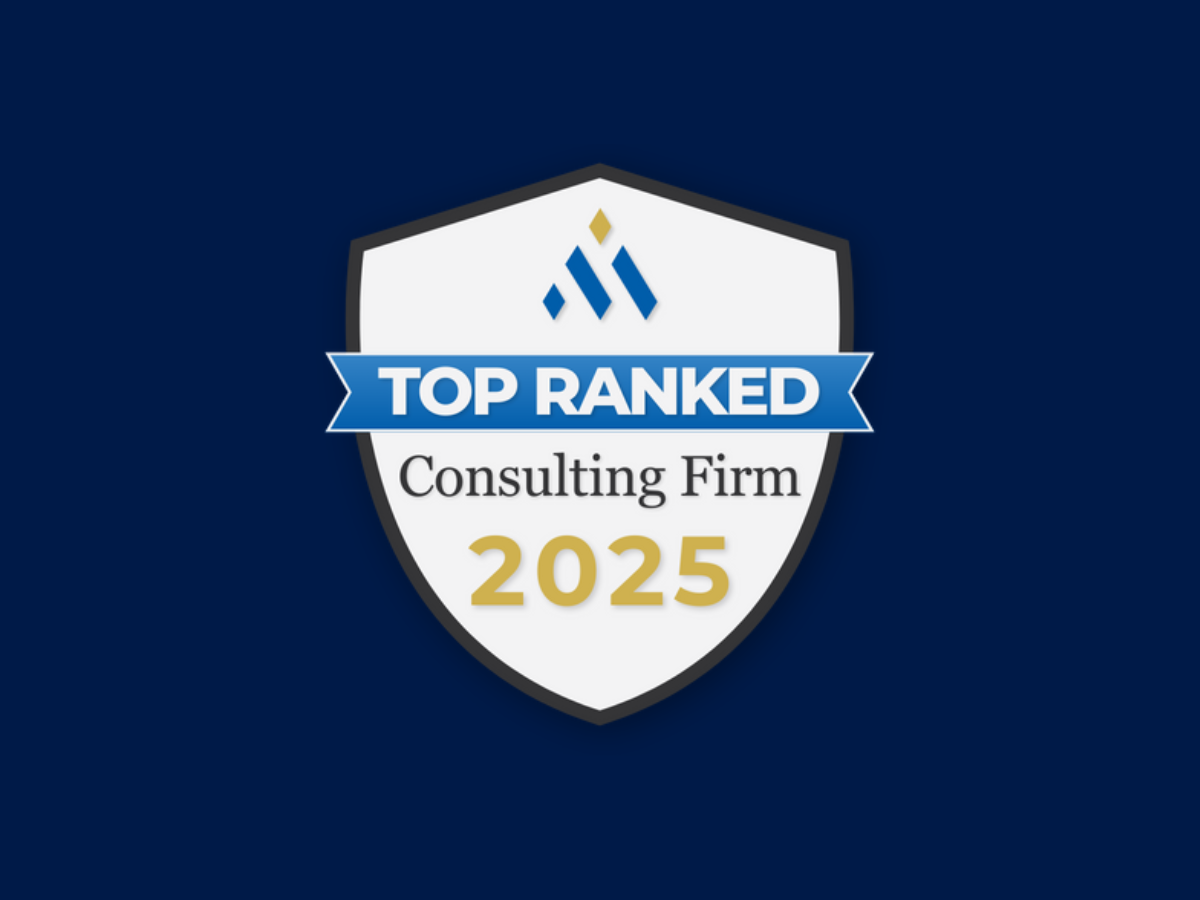Share
Most investors will say that they understand how digital contributes to a company’s strategy and growth, but few private equity sponsors have a formal methodology for assessing digital in commercial diligence. Not many sponsors create a post-deal digital blueprint, and sellers typically don’t propose digital plans in their offering memorandums, further highlighting one of the great opportunities across most private equity portfolios. At the most basic level, what’s missing are competitive benchmarks and actionable insights for eCommerce, customer experience, and marketing, but the digital opportunity goes well beyond transactions.
Digital varies between B2C vs. B2B businesses and extends to operational excellence as well as customer-facing opportunities. Each type of business requires different metrics, and although eCommerce is the first and most obvious point of discussion, the reality is that digital value is also a function of many other technologies and opportunities, too. With stretched valuations chasing fewer strong assets in a competitive PE environment, the need to build confidence in growth levers like digital is even more important to stay ahead of changing customer needs, deliver outsized growth, and create new revenue streams or business models.
A real understanding of what growth is practical and achievable in the hold period - what Stax calls practical growth potential (PGPTM) - is necessary to develop the conviction needed to win competitive deals. A better understanding than competitive bidders is an information edge with real value. Most PE firms do not have the right expertise in-house for either digital diligence or value creation. It’s understandably more valuable for senior private equity staff to spend their time finding and doing deals than it is to evaluate digital business value. It’s also a function of the rapidly changing skill sets needed, and finding objective insight from advisors with a proper balance of hands-on digital experience combined with the pattern recognition of past digital investment experience.
Digital as a quantifiable, high-growth channel (inclusive of web, mobile, and the omnichannel intersection of physical and online channels) has quantifiable advantages that can be evaluated during diligence.
Digital channels typically grow faster than traditional physical sales, often at a rate of 2x to 3x traditional channels.2 In 2016, global online sales grew at 24% whereas overall retail sales grew only 6%, and eCommerce as a share of total retail sales is expected to grow from 10% in 2017 to 15% between 2020-2025. eCommerce often provides better-operating margins, meaning that every dollar sold has a margin multiplier effect that is typically 1X-2X that of traditional channels.6 While many investors ask the understandable question whether a target company can successfully compete against Amazon, the reality is that many great middle market companies operate incredibly successfully online in highly defined segments.
Omnichannel brings its own value, too. Social brand-building and reinforcement, online research prior to purchase, and mobile interactions are all well-documented examples. In 2015, Best Buy CFO Sharon McCollam estimated that enabling buy online - pick up in store (BOPIS) unlocked $2B worth of inventory for potential sales.7 Conversely British Land published research in 2017 that showed a 52%-84% increase in website visits from the surrounding area just six weeks after retailers opened a new physical store.8 More lenient return policies, including the ability to easily return online purchases in-store, can provide an overall sale boost too.9 Finally, due to the ability to capture measurable and actionable insights from online engagement, digital can inform broader strategic insights about customer segmentation, the brand, and behaviors, as well as measurable insight into marketing efficiency and media spend.
A Digital Knowledge Gap Exists in Private Equity and Portfolio Companies
Given this set of benefits, digital should serve as a key part of normal diligence, but there’s a gap among dealmakers in understanding how to quantify these benefits for both sell-side and buy-side teams. It’s understandable why this is the case:
- Digital historically was viewed as a great incremental source of revenue, but not necessarily as a key pillar of future growth more broadly across marketing, sales, service and operations.
- Mid-size portfolio and target companies often face smaller staffs with more limited bandwidth to monitor best practices or benchmarking methodologies.
- It’s most valuable for private equity partners to spend their time on sourcing and managing deals, not looking at personalization capabilities or analyzing keyword difficulty indices.
- Most service providers don’t appropriately combine knowledge of investing with practical operating experience, and who appreciate the need to move fast in just a few weeks.
- Agencies often overweight the subjective opinions of designers and artists without the counterbalance of data; technology vendors are often focused on software sales or downstream implementation.
These challenges are exacerbated when advisors don’t have a clear understanding of PE time horizons, the concomitant pacing for investment and value creation, or the need for multiple avenues to de-risk an opportunity. So, what does all this mean in practice?
A Case Study in Consumer Products:
Below is a short case study example from a context most sponsors will relate to easily: a consumer product brand that sells through traditional trade channels as well as a direct-to-consumer model. The approach and content would be different but no less important or relevant in a more purely B2B example, but that will have to wait for the next article. In a recent digital diligence, without access to target-company data or to management outside of analytics passwords, we uncovered previously hidden areas of opportunity and implications for our private equity client. We saw that website searches for the target had increased by more than 250% over several years, while two close competitors had experienced declines over the same period.
Searches were also isolated by geographic location, thus enabling identification of areas where interest was highest and indicating areas of likely brand strength, and also showing places where marketing efforts could be targeted in the future. Building on the above, we also learned that organic search was the highest source of eCommerce traffic, followed by email and direct-to-site visits, ie: entering the target name or URL directly. High direct-to-site visits in conjunction with social media scraping and analysis confirmed brand strength.
At the bottom of traffic generation were paid search and display ads, both representing less than 2% of traffic, which indicated areas of opportunity post-close to bring in stronger media buying expertise to increase traffic through paid avenues. In this case, it was reassuring to see a target company with strong results from the more foundational aspects of digital marketing, ie: SEO, e-mail and direct-to-site, with opportunities for expansion after purchase.
Using industry benchmarks generated by analytics tools and proprietary methods, the traffic sources were also compared against competitors. Consumer engagement from email and direct visits, marked in the shaded areas below, outperformed competitors, and duration on the site across traffic sources was up to 3X above benchmarks – meaning that visitors spent a lot of time on the site - which again hinted at rich content and brand strength and corroborated other diligence.
Traffic sources were then prioritized and compared against conversion rates and revenue per transaction by channel. By looking at the purchasing funnel as well as actual revenue generated, we isolated areas of opportunity and quantified where additional marketing focus could potentially yield the highest ROI. Using category benchmark data, we found that competitors who managed to create a subscription model saw an increase of up to 40% in LTV. Better keyword opportunities for paid media were also identified by taking into account the intersection of keyword rank, traffic and difficulty index. We were able to show that the Target was most likely to be successful with narrow, targeted keyword buys, instead of broader generic terms dominated by bigger budgets, based on our analyses and algorithms, as shown in the shaded rows below.
Finally, we were also able to use a proprietary scorecard to evaluate the customer experience across more than 200 dimensions and specific criteria, inclusive of brand, usability, navigation, use of content, transactional capability, and use of social media. By aggregating the above findings, we were able to provide a quantified look at the current state and future growth potential of the digital channel and its implications for valuation. Diligence was also able to identify actionable recommendations for optimizing digital channels that could carry to a blueprint for growth going forward.
Conclusion
A data-driven digital diligence should be an important part of a private equity process, both underpinning valuations and identifying elements of the blueprint for post-acquisition growth.
Digital diligence is a prudent means to identify and quantify important growth levers, create the confidence to make a successful bid, and drive an acquired company toward a future successful exit.






